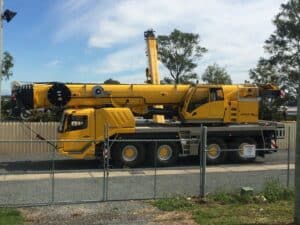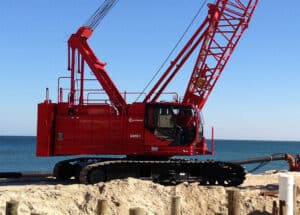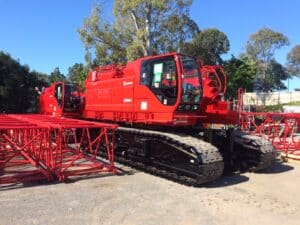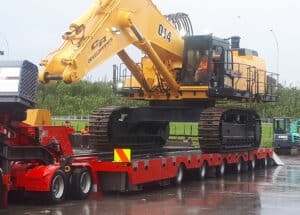How the Growing Number of Cranes is Transforming Australia’s Infrastructure

In recent years, Australia’s infrastructure has experienced development thanks to the growing number of cranes across the country and support from government-led programmes.
Cranes are an important tool for the construction industry and are being used to build residential and commercial buildings, bridges and roads, as well as other infrastructure projects. This has led businesses with cranes for sale to see growth and acquire more customers.
As a result, Australia’s infrastructure is being upgraded and modernised, creating jobs, and providing new opportunities for economic growth.
Australian Economy
The Australian economy has been resilient in recent years, with the country being one of the few in the world to avoid a recession during the global financial crisis. This is due to a combination of sound fiscal policies and strong government support. In addition, Australia has a well-developed social safety net, with a generous welfare system and a strong commitment to public education.
In terms of economic performance, according to the Australian Bureau of Statistics, in the December quarter of 2022 GDP rose by 0.5%. Although this is the fifth consecutive increase, growth slowed in each of the last two quarters.
Whilst there are some concerns for the growth of global economies going into 2023, economists predict a period of economic depreciation or negative growth. The Australian Infrastructure continues to benefit from a growing number of cranes in Australia.
Furthermore, fiscal policies such as the Infrastructure Market Capacity Programme responded to a request from the Council of Australian Governments in March 2020 for Infrastructure Australia to regularly report on the capacity of the market to deliver on the record investment pipeline.
Infrastructure market capacity program
With major public infrastructure playing a key role in Australia’s economic ambitions, it is becoming more crucial that improvements need to be made to the increasing risks to on-time and on-budget project delivery.
Australia’s 5-year infrastructure investment pipeline has increased by $15 billion in the last year, as reported in the 2022 Infrastructure Market Capacity Report. During this time, labour shortages and the cost of construction materials have risen significantly.
The increasing number of cranes
The number of cranes in Australia has increased 13 per cent in the last six months to reach a record of 813 tower cranes across the country at the end of Q1 2022, according to the RLB Crane Index. This doesn’t even take into consideration the market for mobile cranes such as all-terrain cranes and crawler cranes, which are ever present in the construction industry.
Crawler Cranes are utilised in Australian infrastructure projects due to their ability to lift and move heavy objects with ease, making them ideal for use in difficult terrain. This is especially true for projects such as the Beerburrum to Nambour Rail Upgrade, where the terrain can be difficult to navigate. The mobility of crawler cranes also makes them a valuable tool for bridge and pipeline construction, as they can easily be moved from one job site to another.
This makes crawler cranes a valuable asset for Australian infrastructure, a vital piece of equipment to complete the project in a cost-effective and timely manner.
Crane Servicing
As Australia’s infrastructure, construction and development boom, the need for crane servicing is rising. With the increasing number of cranes in the country, crane servicing is becoming increasingly important in ensuring that these pieces of machinery remain in safe and effective working conditions.
Your crane must be serviced by a professional and licensed company, to ensure that your crane will meet strict health and safety standards and be kept in an efficient working order.
The key to crane servicing is utilising a servicing partner who can do a major inspection with the least amount of disruption to the business operation possible. Leading crane service companies in New Zealand and Australia know this is a priority. As an example, TRT service throughout Australia, and states, “We can sort any crane in any condition, all in one place, reducing your downtime and getting you back operating!”
Conclusion
Cranes in Australia play a vital role in the construction industry, allowing the economy to develop and grow through government-led infrastructure programmes. With major public infrastructure playing a key role in Australia’s economic ambitions, using cranes is a challenge that needs to be solved so that the industry’s capacity to meet demand can be met.





